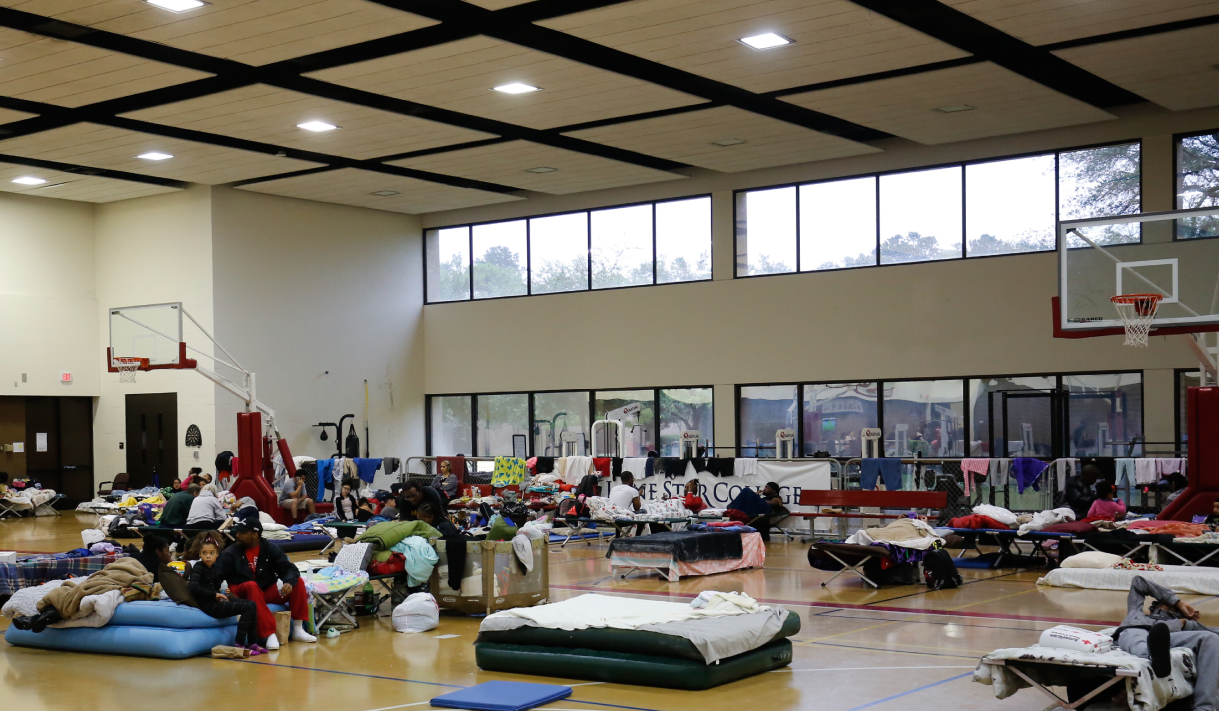Disasters like Hurricane Harvey displace thousands of people, causing evacuees to scatter for shelter and assistance. Disasters can increase human trafficking activity but can also present a significant opportunity to rescue trafficked victims.
If you work or volunteer in relief effort front lines, be aware that you may encounter people connected in some way to human trafficking.
#1 Traffickers and their victims are exposed, displaced, and blended in with other disaster evacuees.
Victims may take refuge and use resources alongside other disaster victims in evacuation sites, shelters, and mobile facilities such as portable clinics.
Look for these trafficking flags:
- Branding tattoos, often symbols of money and power (ex. crowns, money bags, trafficker initials or names)
- Branding tattoos are commonly located on the temple, side or back of the neck, or across the chest
- Previous or old injuries, indicating long-term abuse and neglect
- Inappropriate clothing (ex. clothing that is overly sexual, old, ragged, or doesn’t fit)
- Extreme fatigue and exhaustion (more than would be expected for the situation)
- Wariness, avoidance, or lack of trust in authority figures
#2 Disaster victims are targets for traffickers.
Traffickers target vulnerable people, especially youth. Many evacuees are alone or separated from loved ones. In their state of trauma, they are susceptible to being taken advantage of by human traffickers.
Look for these signs of trafficker recruitment:
- An older person singling out young people or people who are alone
- Giving provisions or favors to build trust and a sense of indebtedness, typically to a targeted group
- Playing the role of rescuer to victims, typically to a targeted group
Human traffickers can and will disguise themselves as volunteers or other evacuees. Look for this suspicious behavior:
- Evacuees scanning through the crowds with attention on other evacuees instead of seeking help for themselves
- Persons offering unsolicited assistance, convincing the victim to leave the premises and follow them
Take Action
If you suspect that you have encountered a trafficking victim, connect them with a local resource by calling the Human Trafficking Hotline at 1-888-373-7888.
If you notice suspicious behavior and think that you have encountered a trafficker, please let shelter administration know so they can vigilantly protect evacuees. If you suspect immediate danger, contact local police for guidance.
Learn more about the red flags, or warning signs, of sex trafficking with our online course, Red Flags.




